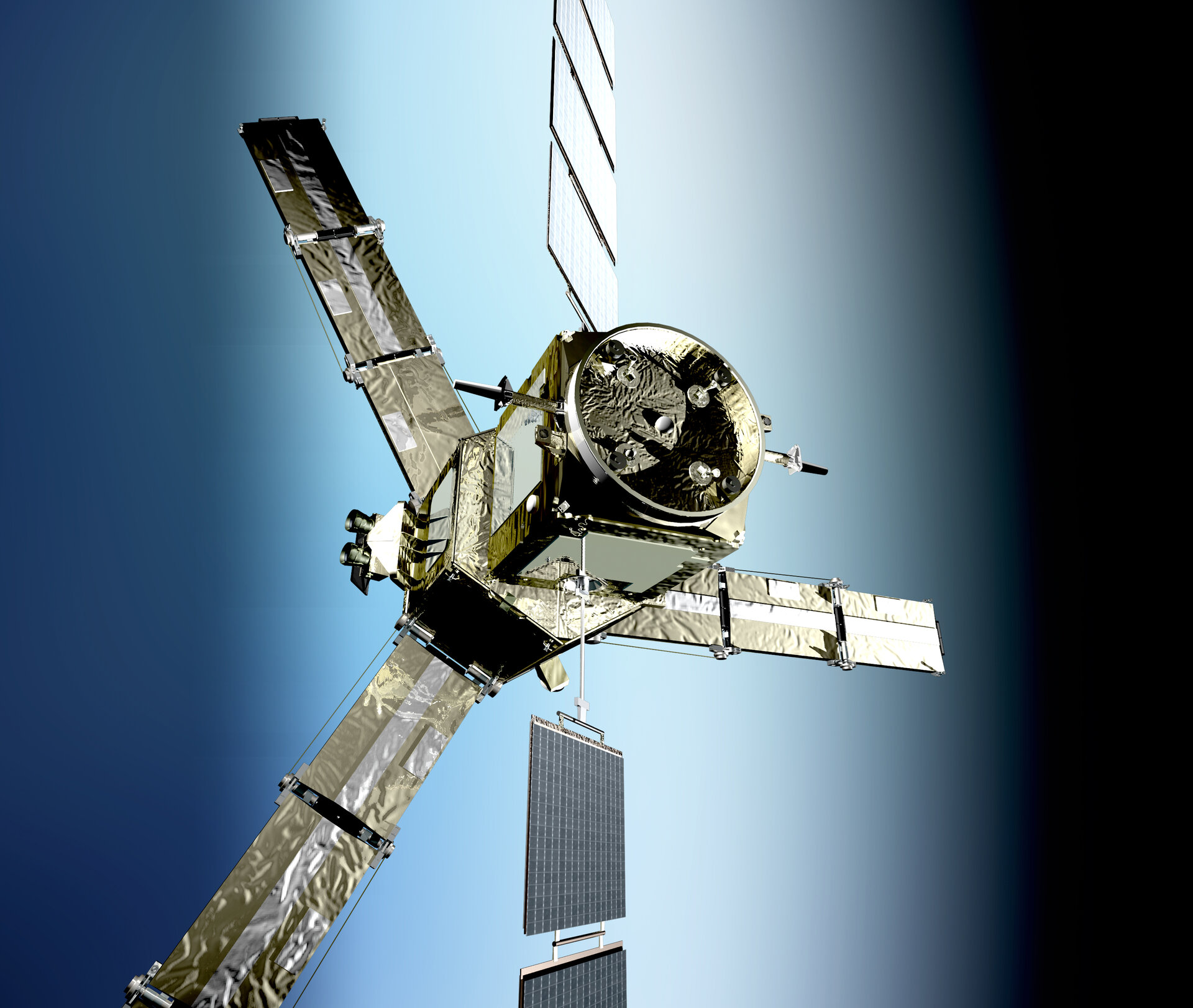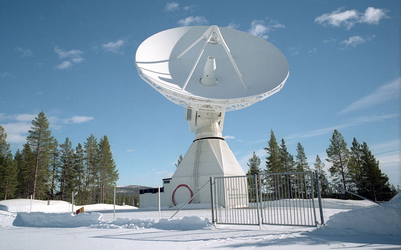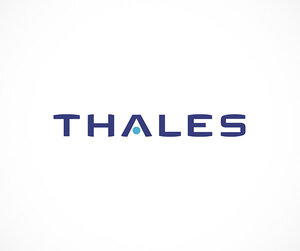Facts and figures
Full name: Soil Moisture and Ocean Salinity mission
Launched: 2 November 2009 at 02:50 CET from the Plesetsk Cosmodrome, Russia
Launcher: Rockot by Eurockot Launch Services GmbH
Satellite: Proteus platform adapted to the needs of SMOS
Instrument: Microwave Imaging Radiometer using Aperture Synthesis (MIRAS), 2D interferometric L-band radiometer operating at 1.4 GHz (21 cm wavelength), with 69 antenna receivers distributed on a Y-shaped deployable antenna array and central hub.
Mass: 658 kg (platform: 275 kg, payload: 355 kg, fuel: 28 kg)
Power: deployable solar panels with Si-cells, Li-ion battery. Maximum power available for satellite: 1065 W, maximum consumption for MIRAS payload: 511 W
Orbit:mean altitude of 758 km and inclination of 98.44°; Sun-synchronous, quasi-circular, dusk-dawn, 23-day repeat cycle, 3-day sub-cycle
Mission control: via the CNES French space agency's ground station in Toulouse, France. S-band uplink and downlink for satellite health and housekeeping data and telecommanding through ground station network in Kiruna (Sweden), Aussaguel (France) and Kourou (French Guiana)
Data processing: Data Processing Centre at ESA's European Space Astronomy Centre (ESAC) in Villafranca, Spain; long-term archive at Kiruna; User Services via ESA’s Centre for Earth Observation (ESRIN) in Frascati, Italy
Nominal life: three years (including a six-month commissioning phase). Extended to 2017
Project:mission development and commissioning managed at ESA’s European Space Research and Technology Centre (ESTEC) in Noordwijk, the Netherlands. This involved more than 20 European companies and hundreds of technicians and engineers around Europe.
Prime contractors: Spain’s EADS CASA Espacio for the MIRAS instrument. Thales Alenia Space Industries (France) and CNES were responsible for the Proteus platform.















 Germany
Germany
 Austria
Austria
 Belgium
Belgium
 Denmark
Denmark
 Spain
Spain
 Estonia
Estonia
 Finland
Finland
 France
France
 Greece
Greece
 Hungary
Hungary
 Ireland
Ireland
 Italy
Italy
 Luxembourg
Luxembourg
 Norway
Norway
 The Netherlands
The Netherlands
 Poland
Poland
 Portugal
Portugal
 Czechia
Czechia
 Romania
Romania
 United Kingdom
United Kingdom
 Slovenia
Slovenia
 Sweden
Sweden
 Switzerland
Switzerland



































